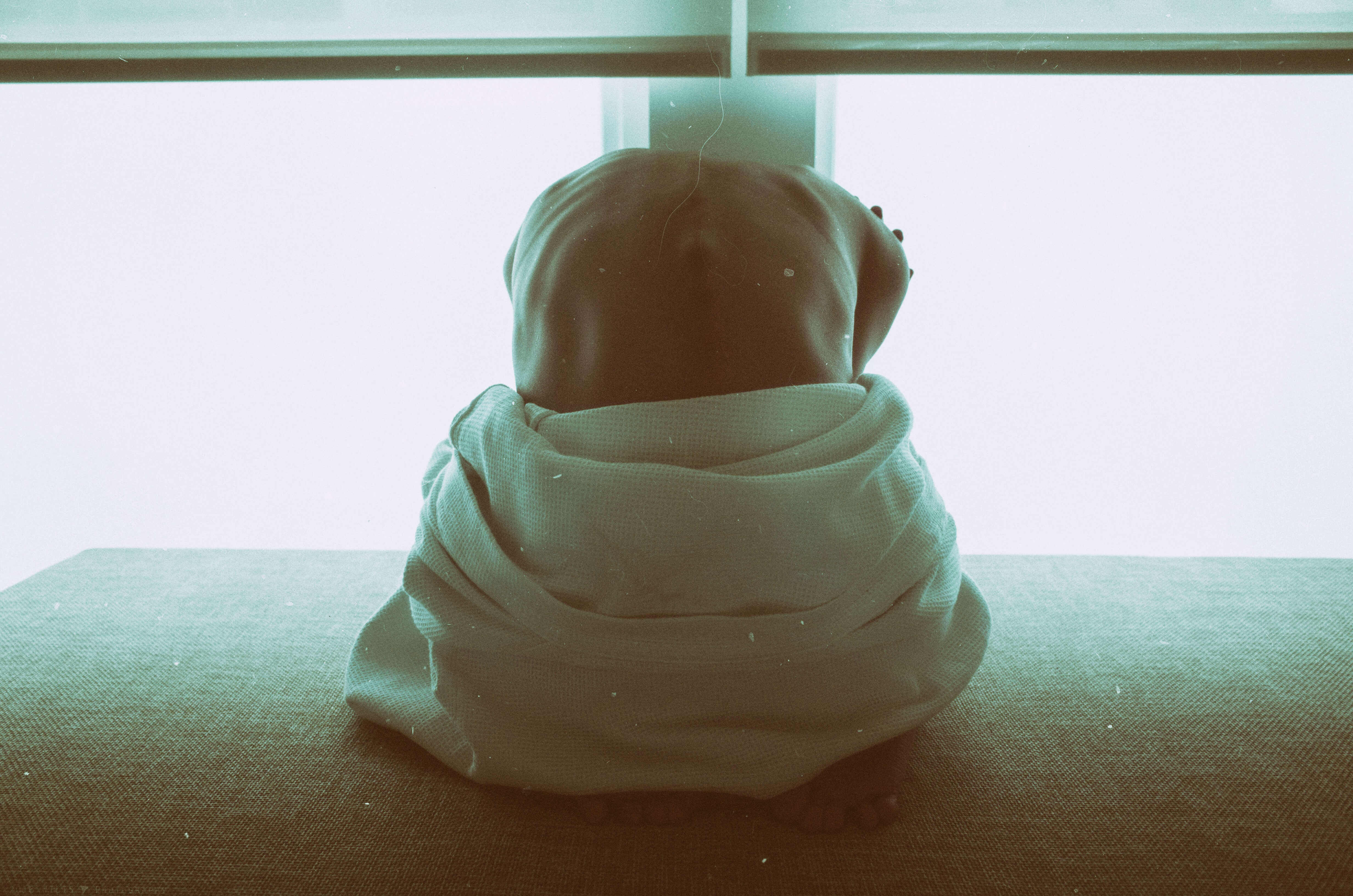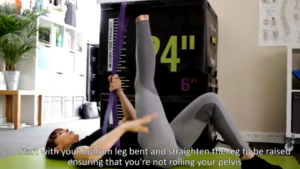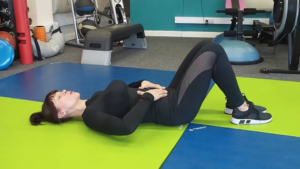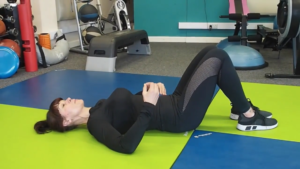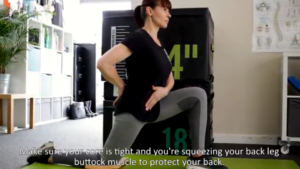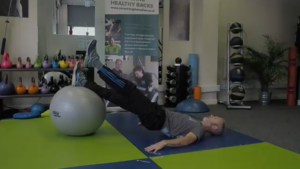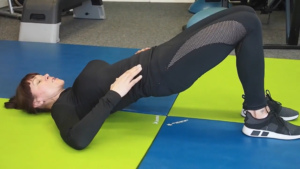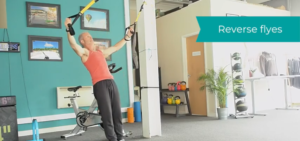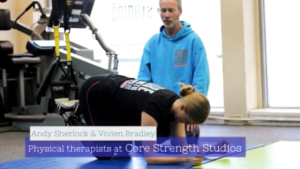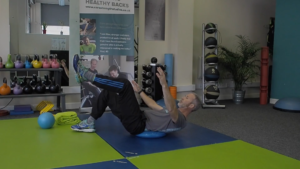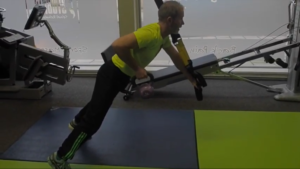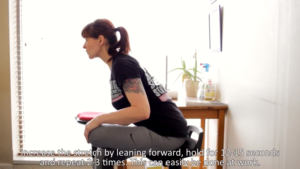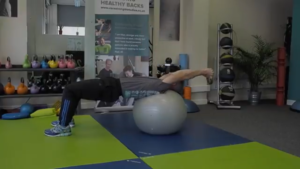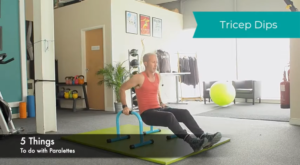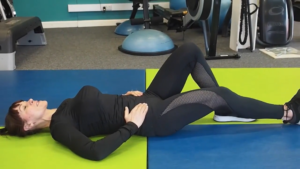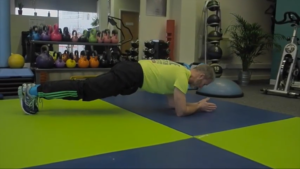With the approximate thickness of a pencil and running from the low back down to the feet, the sciatic nerve is the longest nerve in the body.
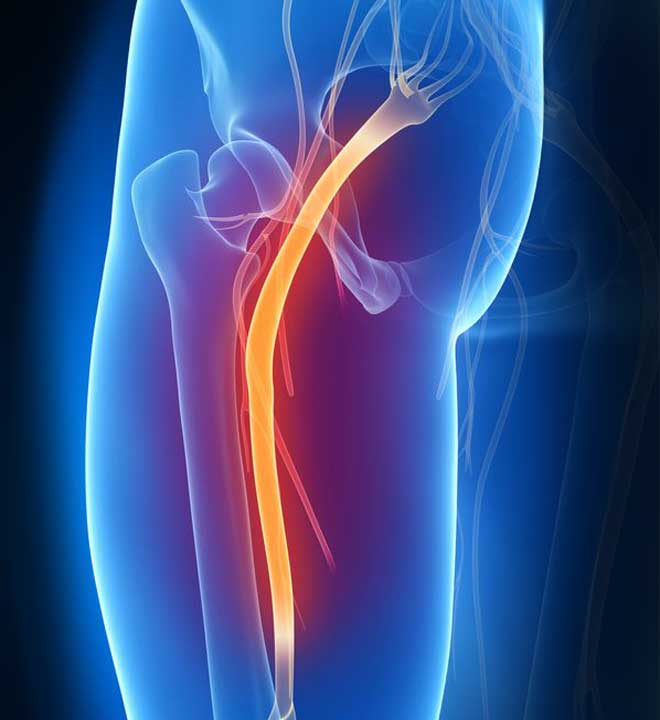
It originates in the lumbar (lower) and sacral (at the base) regions of the spine, travels through the muscles in the buttocks, branches out down the leg and attaches to the foot.
It can become irritated by muscles in its path – most commonly in the buttock or leg – tightening or going into spasm, or by a bulging or herniated disc in the low back pressing into it.
It is also associated with degeneration of the spine, or spinal stenosis, which causes a narrowing of the tunnel which the nerve passes through.
Signs you may be suffering with sciatica include:
· Pain in the low back or buttock, travelling down into the leg and/or foot
· Pins & needles in the leg or foot
· Numbness in the leg or foot
Causes/Contributing Factors
Pregnancy
As the bump grows, your centre of gravity shifts. This can lead to an increased arching of the back which in turn tilts the pelvis forwards. This can sometimes mean that the muscles in the buttocks tighten and pinch on the nerve.
Some women also find that the expanding uterus can press directly on the nerve towards the end of pregnancy, or even as the baby starts to move into position, it can sometimes rest on the nerve.
Slipped disc
A slipped or herniated disc is the most common cause of sciatica. It happens when the outer edge of the intervertebral disc ruptures and the inner jelly-like centre pushes out and presses on the sciatic nerve.
Sometimes the outer edge doesn’t break, but the disc protrudes. This is referred to as a bulging disc and can also put pressure on the nerve.
Disc degeneration/arthritis
As we age, our intervertebral discs may deteriorate. Over time (or sometimes due to injury), the disc can become arthritic, narrow or shrink. This can increase the risk of the disc rupturing and therefore potentially giving rise to sciatica (see above)
The degenerative process could also lead to the development of spinal stenosis, a narrowing of the bone canal through which the sciatic nerve passes which in turn compresses the nerve.
Smoking
Smoking has been associated with a higher risk of developing sciatica. This may be due to the reduced blood flow to the discs, leading to degeneration.
Obesity
Excessive body weight places additional pressure on the back, increasing the rate of degeneration. This increased pressure also increases the risk of disc injuries.
Piriformis syndrome
The Piriformis muscle is located in the buttocks, near the top of the hip joint. The sciatic nerve passes through the Piriformis muscle and can be compressed if the muscle is tight or goes into spasm. This can be caused by prolonged sitting (particularly on hard surfaces), repetitive action during sports (i.e. football, running) or climbing stairs.
Treatment
The type of treatment may vary according to the cause of pain, but will often focus on stretches and flexibility work to restore range of movement, reducing any inflammation and strengthening the back and core muscles to provide support to the spine and prevent the pain coming back.
The first port of call would be a consultation with a back pain specialist to assess your pain and investigate possible causes. From there, a tailored rehabilitation plan can be put in place to reduce your pain and prevent future attacks.
To book a complimentary consultation with a back specialist at Core Strength Studios to assess your sciatica, please complete the form below and we’ll be in touch to book your session.
Speak to a specialist
Complete the form below for a complimentary telephone consultation with one of our back specialists.
featured
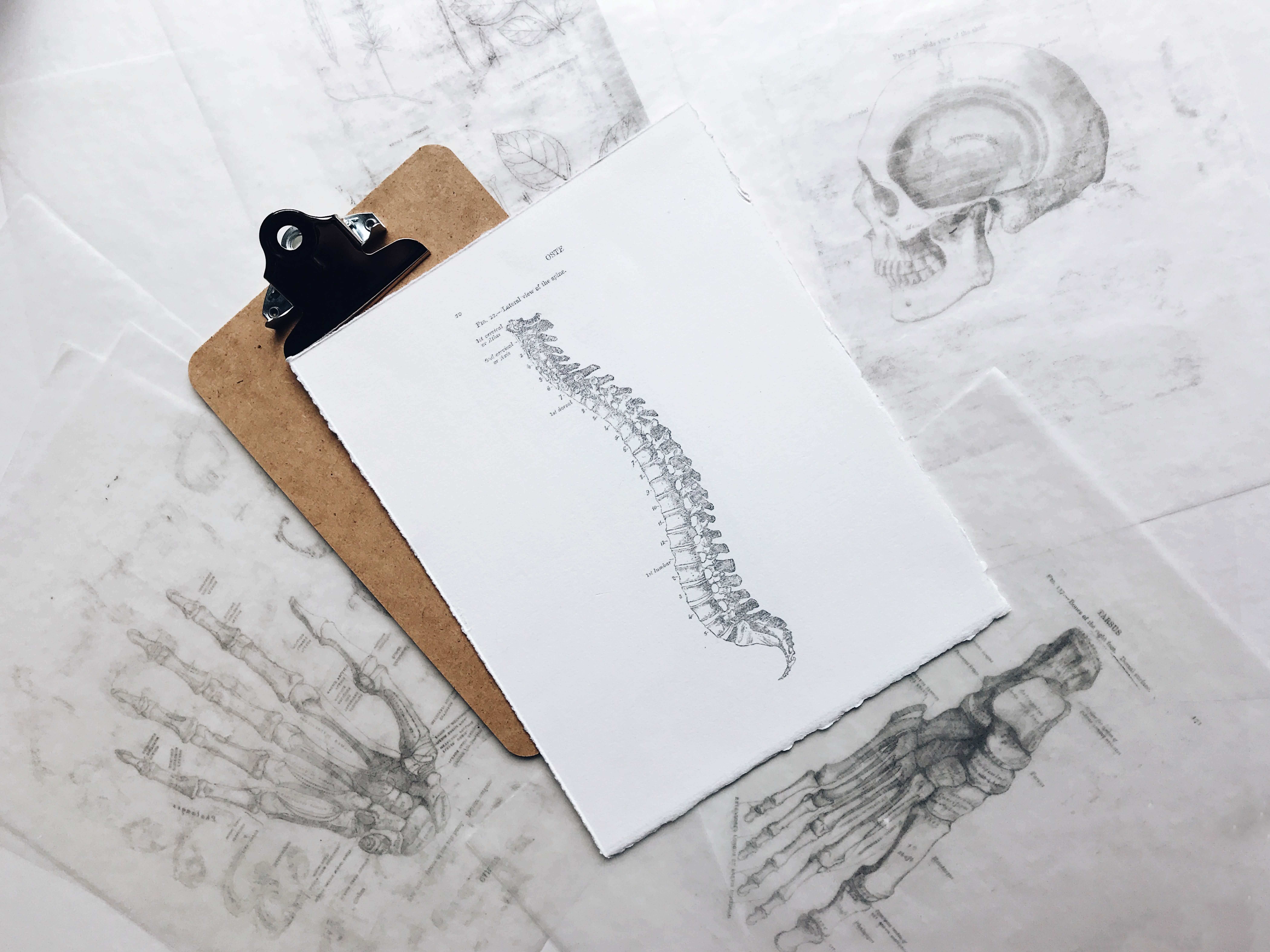
What is Facet Joint Syndrome?
Facet joints are the bony protrusions at the back of the spine which join the vertebrae together. They are the joints that make your back flexible and allow you to bend and twist. The joints are lined with cartilage and lubricated by a substance called synovial fluid. When healthy, the bones move freely over each ...
Reading Time: 2 minutes >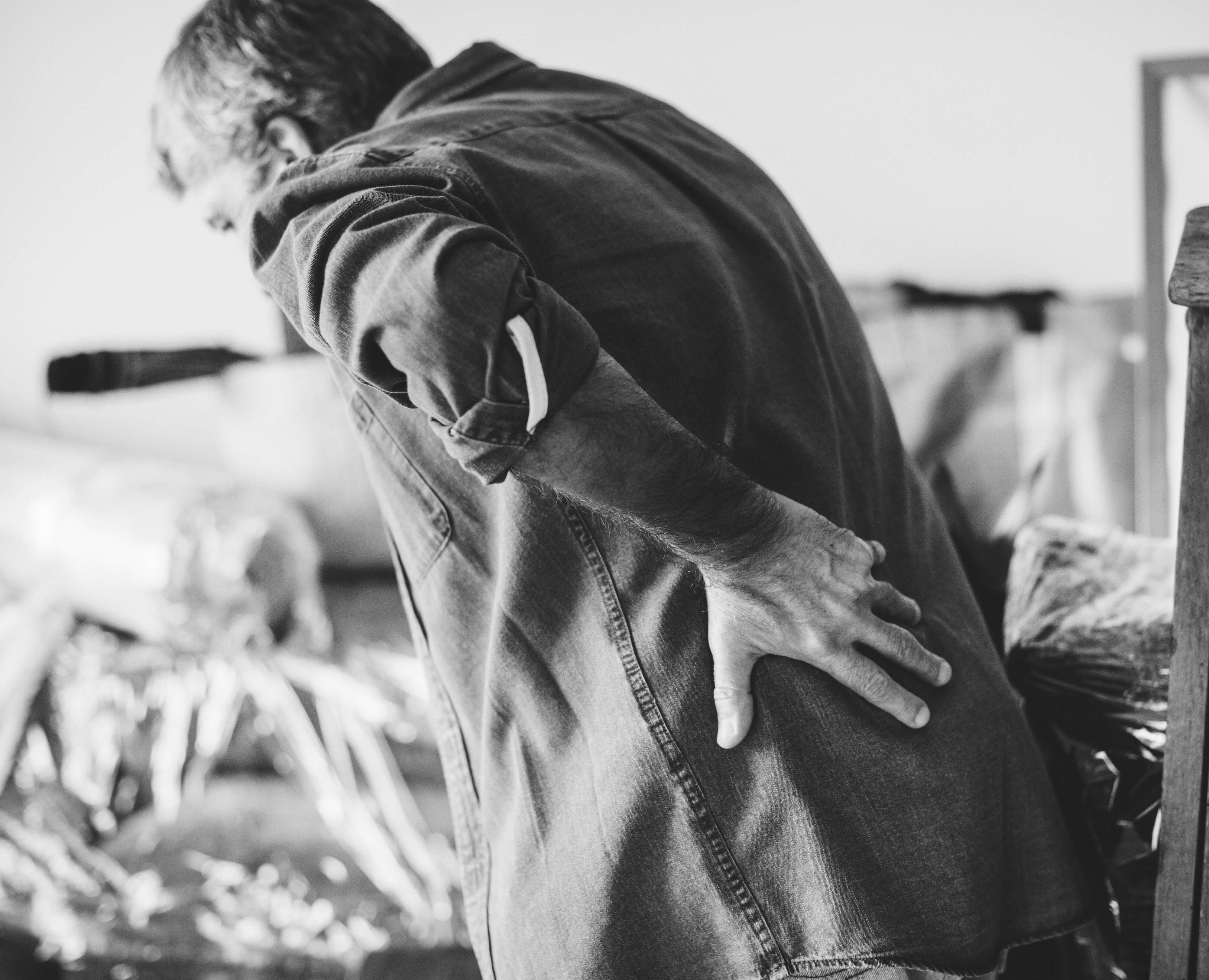
What is a Slipped Disc?
The intervertebral discs are made up of a tough outer shell (Annulus Fibrosus) and a soft-jelly like substance (Nucleus Pulposus) contained within it. These discs separate the bones of the spine (the vertebrae) and act as shock absorbers, protecting the bones from things like lifting, twisting and impact. When the outer shell becomes weak or ...
Reading Time: 2 minutes >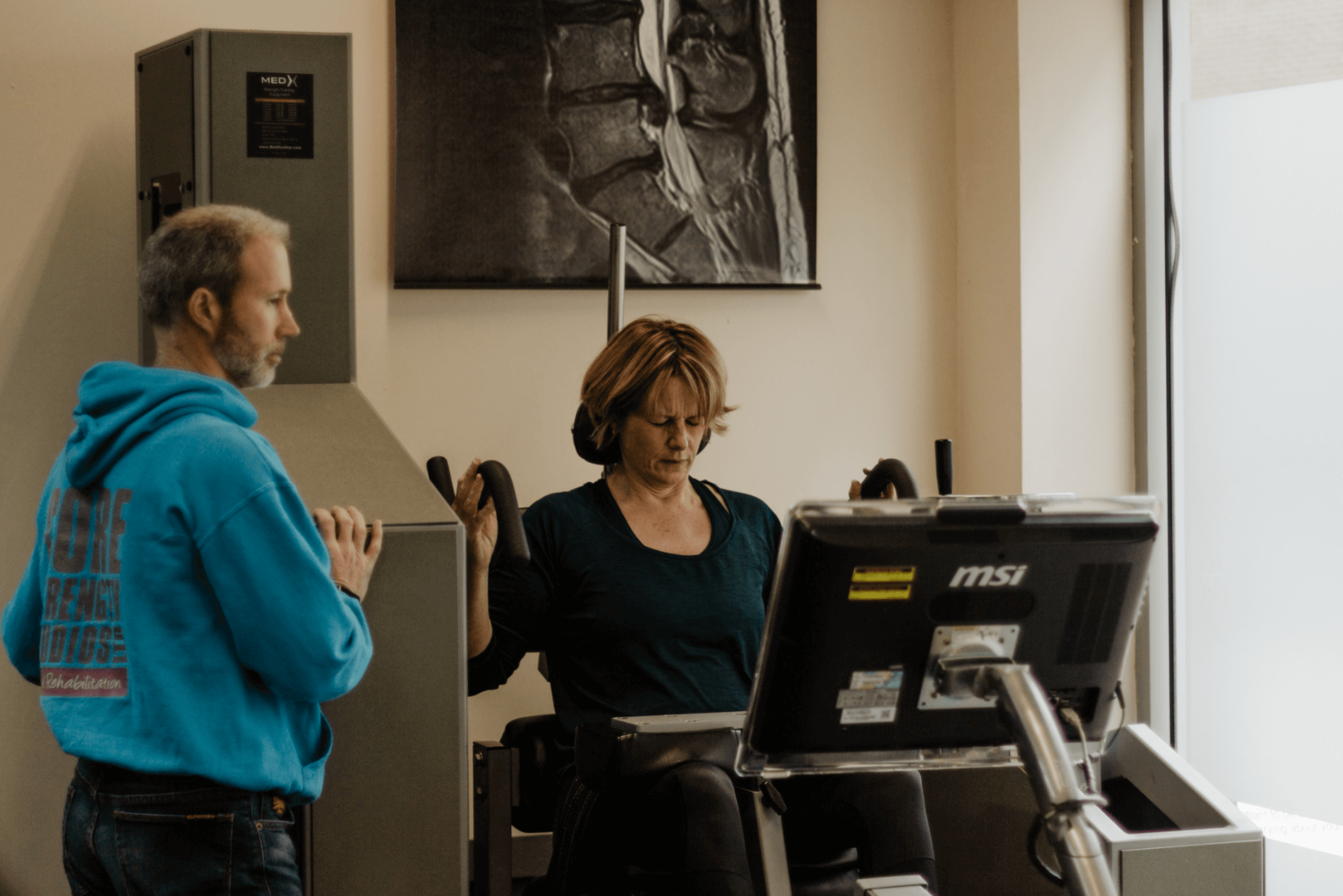
The Importance of Isolating & Strengthening the Back Muscles for Low Back Pain
Studies show that following a back injury, 70% of people will significantly improve after 2 weeks, and 90% to 95% of people will recover within 2-3 months. During this ‘acute’ phase, the focus should be on staying as comfortable as possible whilst the body’s natural healing process takes place. Passive treatments such as massage, manipulation ...
Reading Time: 3 minutes >
